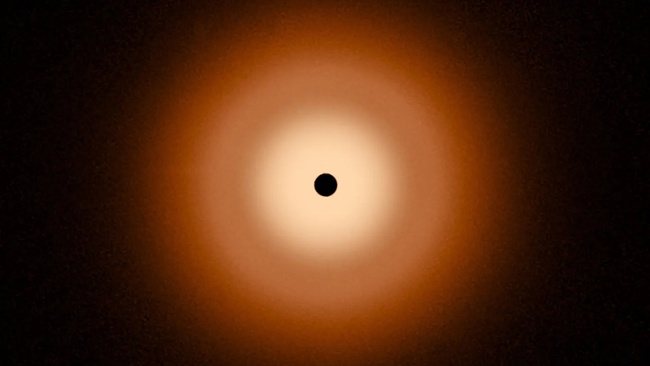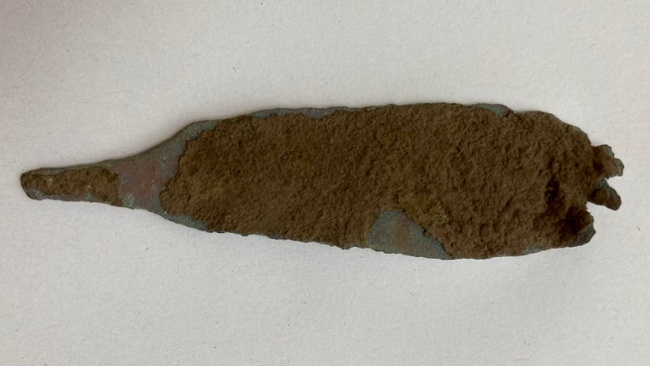"Ghost cities of the future" and "crossing the critical climate threshold."
Views expressed in this science and technology update are those of the reporters and correspondents. Accessed on 07 November 2024, 2342 UTC.
Content and Source: https://www.scientificamerican.com.
Please check link or scroll down to read your selections. Thanks for joining us today.
Russ Roberts (https://hawaiisciencejournal.blogspot.com).

November 7, 2024: A new tardigrade family tree, the depopulation of cities across America, and we're crossing a critical climate threshold.—Andrea Gawrylewski, Chief Newsletter Editor
TODAY'S NEWS
• This year won’t just be the hottest on record—it could be the first to surpass the 1.5-degree-Celsius threshold laid out in the Paris climate accord. | 2 min read
• Blaming teenagers’ misbehavior on their friends can backfire and make the bad behavior worse. | 4 min read
More News
TOP STORIES
|
Tardigrade Family Tree
Tardigrades can survive extreme heat, the cold vacuum of space and cosmic radiation. Scientists have discovered only four fossils of the microscopic creatures that might give insights into how their survival abilities evolved. In a new experiment, scientists used high-contrast microscopy to examine the claws of two of the fossils, both of which are trapped in amber. Since tardigrades’ bodies have hardly changed in millions of years, the scientists wanted to look for small changes in the fossilized animals' claws, which show slight variations.
What they found: The researchers determined that one of the smaller fossils is in fact a new genus and species. This means that how scientists classify the animals needs to be updated. Editing the family tree of tardigrades showed that the animals’ ability to enter a suspended metabolic state (called cryptobiosis) evolved very early in their history– perhaps 359 million to 299 million years ago.
What the experts say: Cryptobiosis may have helped tardigrades survive the Permian extinction or the “Great Dying,” which occurred about 252 million years ago and killed 96 percent of marine life and 70 percent of life on land.
More on tardigrades:
Cute Little Tardigrades Are Basically Indestructible, and Scientists Just Figured Out One Reason Why | 3 min read
Why Tiny Tardigrades Walk like Insects 500,000 Times Their Size | 4 min read
Tardigrades, an Unlikely Sleeping Beauty | 7 min listen
|
Ghost Cities of the Future
In a study published earlier this year, urban engineers predict that the populations of nearly half the cities in the country are likely to experience depopulation of 12 to 23 percent by 2100. The authors analyzed data collected from 2000 to 2020 by the U.S. Census and the American Community Survey and modeled trends based on future economic factors and impacts of climate change. The Midwest and Northeast were hardest hit by depopulation, according to the experiment’s predictions, while 40 percent of cities will continue to experience growth–for example New York City, Chicago, Phoenix and Houston.
What's behind this: These trends are likely driven by a complex mix of factors that are unique to each city, including the rising cost of homes in some places, the decline of industry and jobs, lower birth rates, varying state taxes and the impacts of climate change.
What the experts say: “Depopulation is everywhere, and the paper is right to demand that cities face this fact and begin to honestly prepare for this possible future,” says Justin Hollander, an urban planning scholar at Tufts University.
EXPERT PERSPECTIVES
• The computing power underlying AI tools like chatbots requires massive amounts of water for liquid cooling systems that absorb and dissipate the heat generated by computer servers. Data centers should install rainwater catchments to supply their water needs, write Justin Talbot Zorn and Bettina Warburg, a policy advisor and AI researcher, respectively. "In places such as the greater Dallas area, home to many of the nation’s data centers, rainfall averages means that rainwater harvesting systems could cover up to a third of a data center’s cooling needs—depending on size and storage systems," they say. | 5 min read
More Opinion
Are you enjoying this newsletter? If you want to dive deeper into the articles I link to, consider a subscription to Scientific American. We have special discounts for Today in Science readers!
FROM THE ARCHIVE

• From the November 1924 issue of Scientific American. A map of the "shadow path" of the total eclipse in January 1925. "At the western end the sun will rise already half eclipsed. At the heavy line midway along the path the eclipse will be just at its beginning as the sun rises. East of this midpoint all the eclipse, from beginning to end, will be visible.”
People love tardigrades. The microscopic creatures are affectionately called water bears or moss piglets. Our writers have even said that the creatures' short-legged walk resembles that of a cute pudgy toddler (I mean just look at that squishy guy below). They are soft-bodied, innocent-looking and have limited vision. But these creatures are tough as nails and can survive conditions that would make the New York City cockroach applaud. And, I think, that combination--of the soft AND the indestructible--is why they are so beloved.
Send tardigrade fan mail and other comments to: newsletters@sciam.com. See you tomorrow!
—Andrea Gawrylewski, Chief Newsletter Editor

Lisset Duran and Deborah Johnston

Subscribe to this and all of our newsletters here.
|








